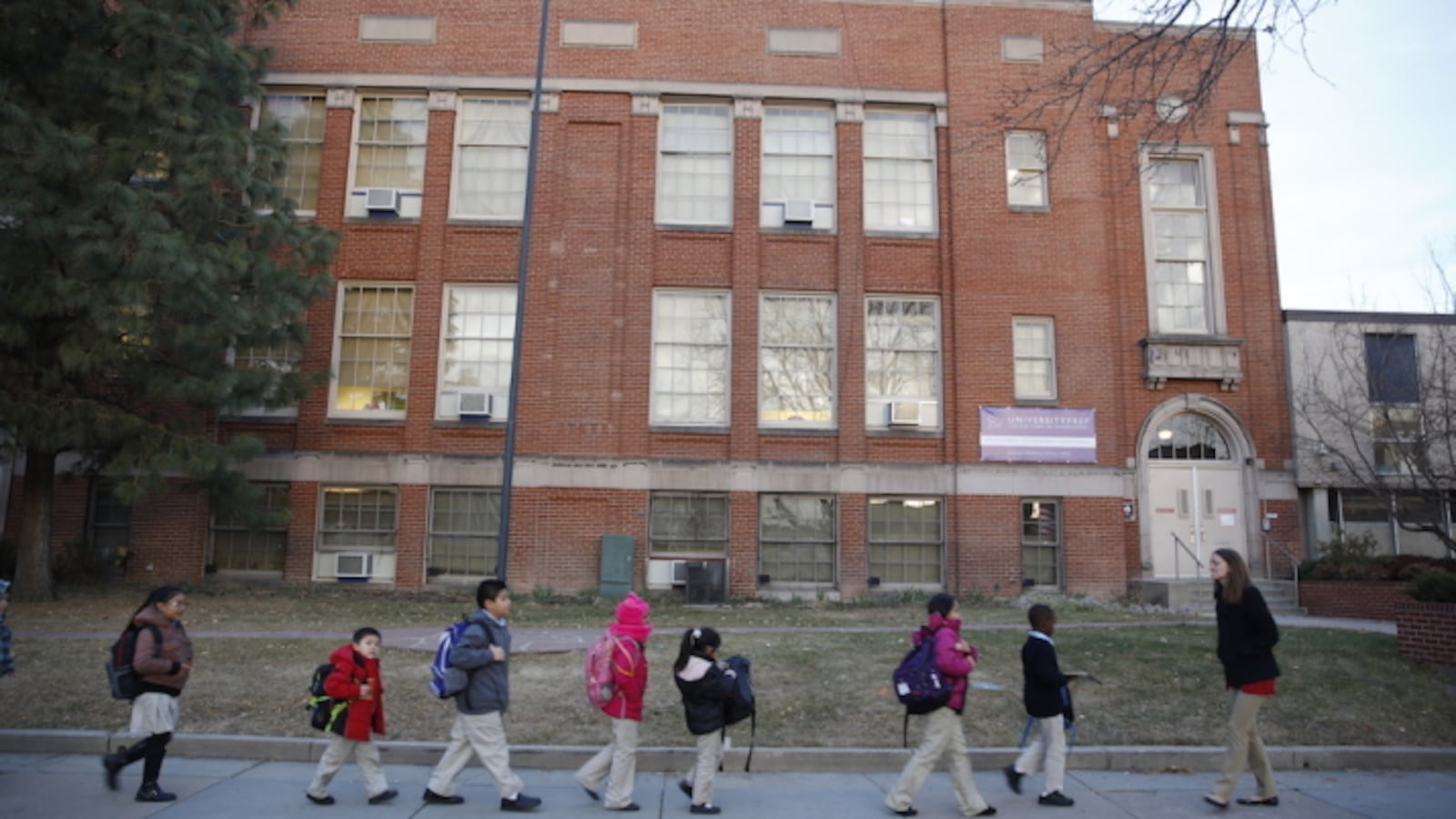State officials discussed shaking up the way they allocate school funds at Monday’s Board of Regents meeting, which called into question how the state currently measures poverty.
New York state — like many states across the country — has long used free and reduce-price lunch eligibility to estimate student need and distribute resources accordingly. But that metric is increasingly unreliable and undercounts poverty in certain high-needs schools, state officials said Monday.
Instead, the board discussed a number of alternative measures, including switching to “direct certification,” which counts students whose families are enrolled in government assistance programs like Medicaid or the Supplemental Nutrition Assistance Program (SNAP).
The conversation could be important for New York City: “Foundation aid,” the funding stream designed to help high-needs districts, comprises about 30 percent of the state’s allocation to the city, according to the city’s Independent Budget Office. It covers more than $7 billion of the city’s 2016-17 school budget.
Eligibility for free and reduced-price lunch has been fading as a reliable way to calculate poverty for years, particularly as more schools have switched to providing universal free lunch. That means families don’t always fill out a free and reduce-price lunch form anymore, which used to be the primary way schools collected data about income, said State Commissioner MaryEllen Elia. Additionally, the metric uses an outdated definition of poverty, according to an October report from the city’s Independent Budget Office.
“It’s important for us to realize that there have been some major changes,” Elia said. “How do we appropriately measure poverty if we don’t have a form to say this student or this family qualifies?”
To fix this problem, the Regents discussed a slate of new options. Aside from using government assistance to measure need, the state could require all students to submit income forms or use Department of Taxation and Finance state income data.
The commissioner said she plans to send a list of potential ideas to the governor and the legislature at the beginning of October. At the moment, she does not feel comfortable zeroing in on only one, she said.
“As we move forward, things might become more obviously the better approach to take,” Elia said. “But we’ve decided … we want to give this wide array and then allow those things to shake out.”
State officials said it is also too soon to tell whether these changes are likely to result in more or less funding for New York City.
The commissioner’s suggestions should kick off a long and complicated discussion about how to measure poverty in New York state, said Regent James Tallon.
“This is a multi-year discussion,” Tallon said. Still, he added, “I think the legislature and the governor will take a good bite of it this upcoming year.”

